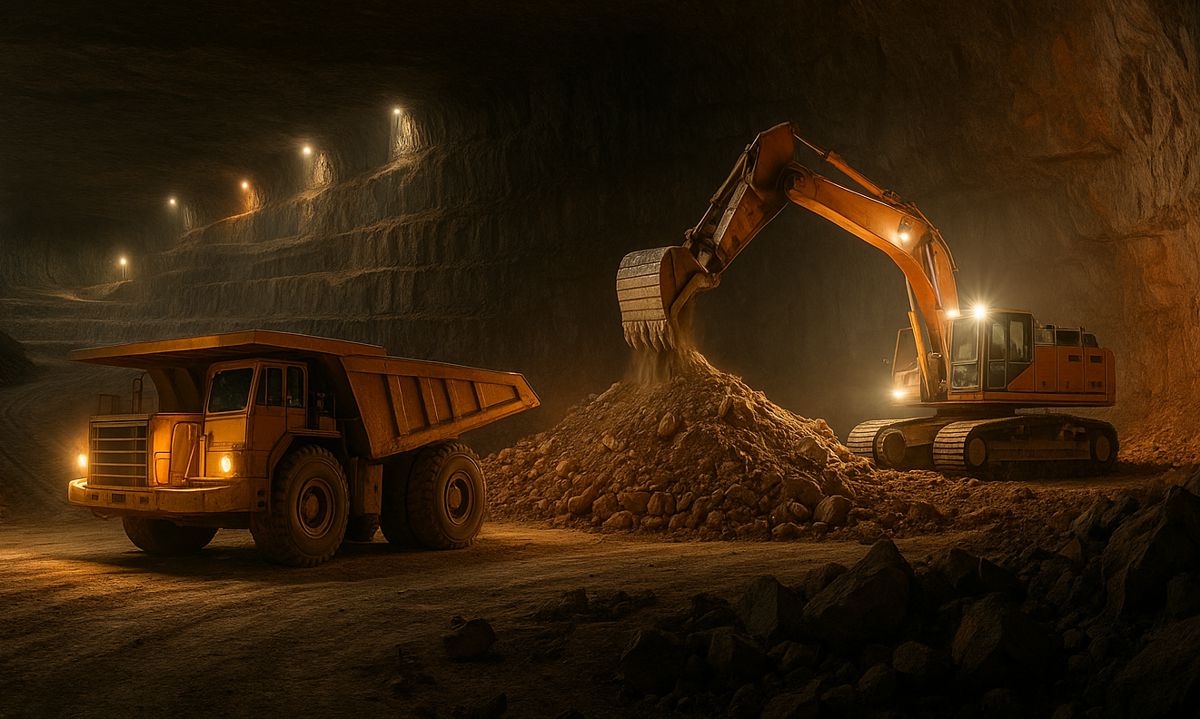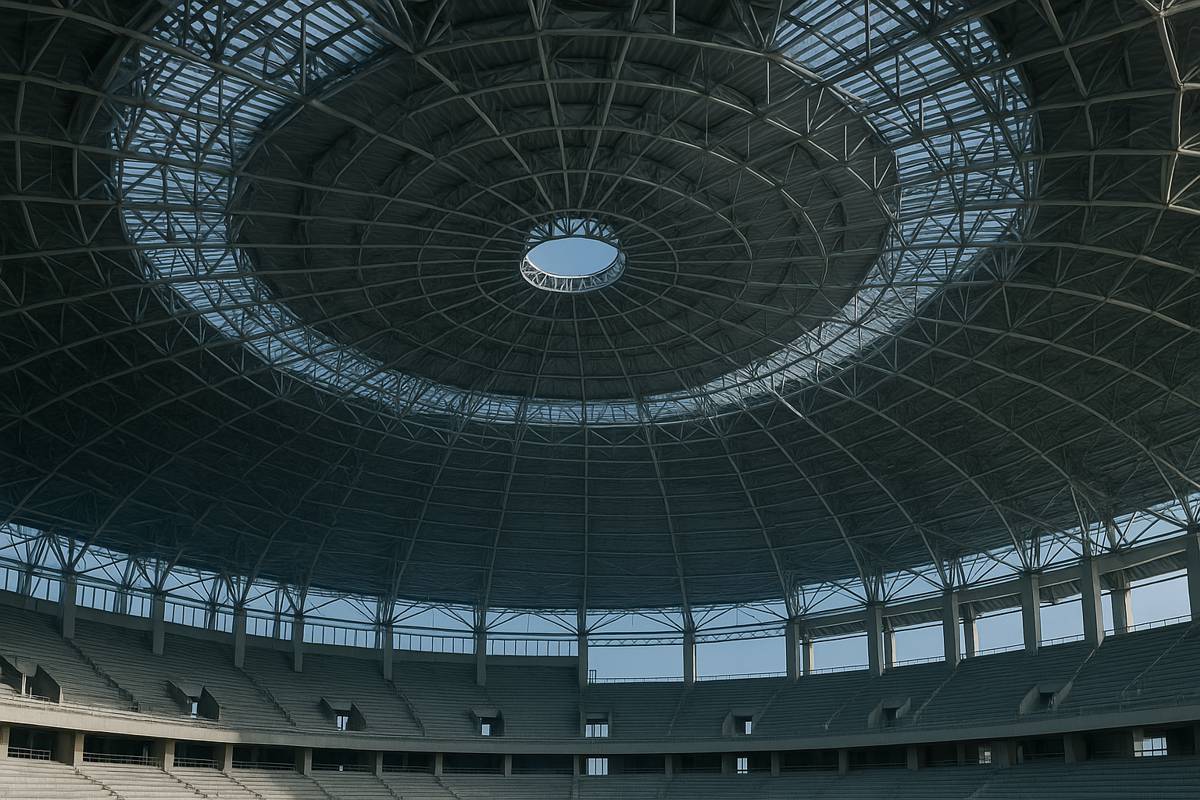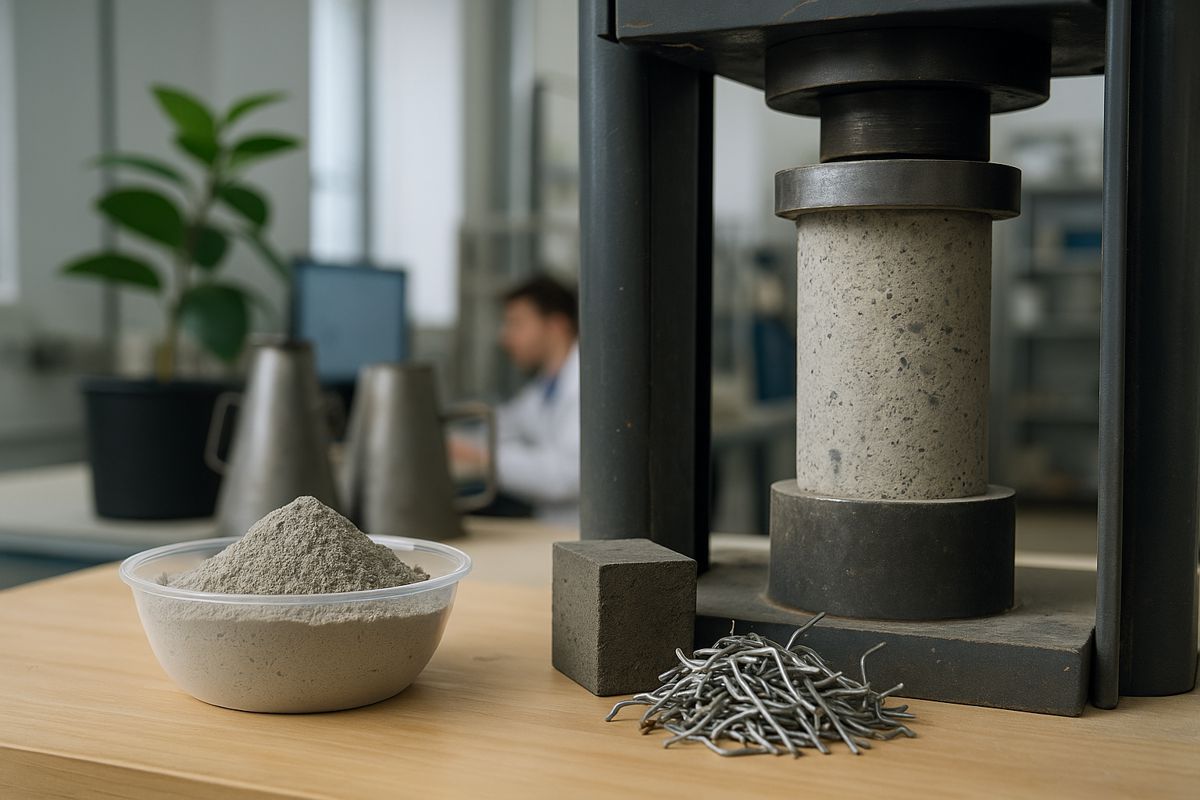Lafarge Canada helps Vancouver measure sustainability with Concrete EPDs
Vancouver’s building landscape is about to get a lot greener. As Lafarge Canada releases new Environmental Product Declarations for their ECOPact concrete, the company’s low-carbon concrete, BC builders now know exactly what impact they have – and how their concrete choices change that impact.
An Environmental Product Declaration, or EPD, that documents and tracks the life-cycle environmental impact of a product. “It’s like a nutrition label,” says Morkos Hanes, Manager, at the Lafarge WCAN Technical and Development Centre where the data was collected for the EPDs. “We know exactly how our ECOPact concretes impact BC’s atmosphere, resources, waste flows, and more.”
Although EPDs remain voluntary, commitments made by the Canadian, BC, and Vancouver governments mean we’ll see more of them in the years ahead. “There is no choice but to reduce our CO² emissions,” says Hanes. “But we can’t successfully reduce them if we don’t have measurements to work with.” Paired with ECOPact, Lafarge is making a demonstrable effort to reduce both its carbon footprint and that of its clients.
It’s no small task to build out an EPD – the measurements included in these EPDs are broad, and can vary widely depending on the product. Hanes and his team worked with Climate Earth, an organization that provides software to collect the detailed data on suppliers, materials, transport, energy consumed, and assemble it into an EPD.
Proving just how committed Lafarge is to sustainability, the team made these EPDs a priority – and completed the project, which normally takes 90-120 days – in just 68 days. Hossein Tavakoli, the Climate Earth project lead said “The teamwork, attention to detail, and commitment to on time tasks was the best I’ve seen. These are a team of professionals.”
EPDs include data on three system boundaries: Raw Materials Supply (A1), Raw materials Transport (A2) and Concrete Manufacturing (A3), the stages that Lafarge can impact directly, and optimize to be as sustainable as possible. “Concrete is the world’s second most used material, after water,” shares Shannon Ladewig, General Manager RMX in Vancouver. “If we can make changes here, where we manufacture it, we are part of the big picture. There are opportunities to reduce GHG emissions through the entire life cycle of the structure.” ECOPact is the company’s latest effort to support protecting the climate, with 30-100% less carbon emissions compared to standard concrete. ECOPact concretes integrate upcycled construction and demolition materials, further closing the resource loop.
Lafarge Canada now has a state of the art on-line system that can create an EPD for any new mix, any time in a matter of seconds. The new system will be invaluable in helping the organization continue as leaders to meet the growing demand for reduced carbon concrete. With eight ready mix concrete facilities throughout the Greater Vancouver region, and drawing their cement from the Richmond plant, home of another CO² capture and reutilization project, the stage is set to continue to grow. “This is just how we make concrete,” says Ladewig. “Now is the time – we must support the initiative in Vancouver to build sustainably, we must know how our business impacts our communities, and we must be a part of the solution.”
View the EPDs on the Lafarge website or via ASTM.




















